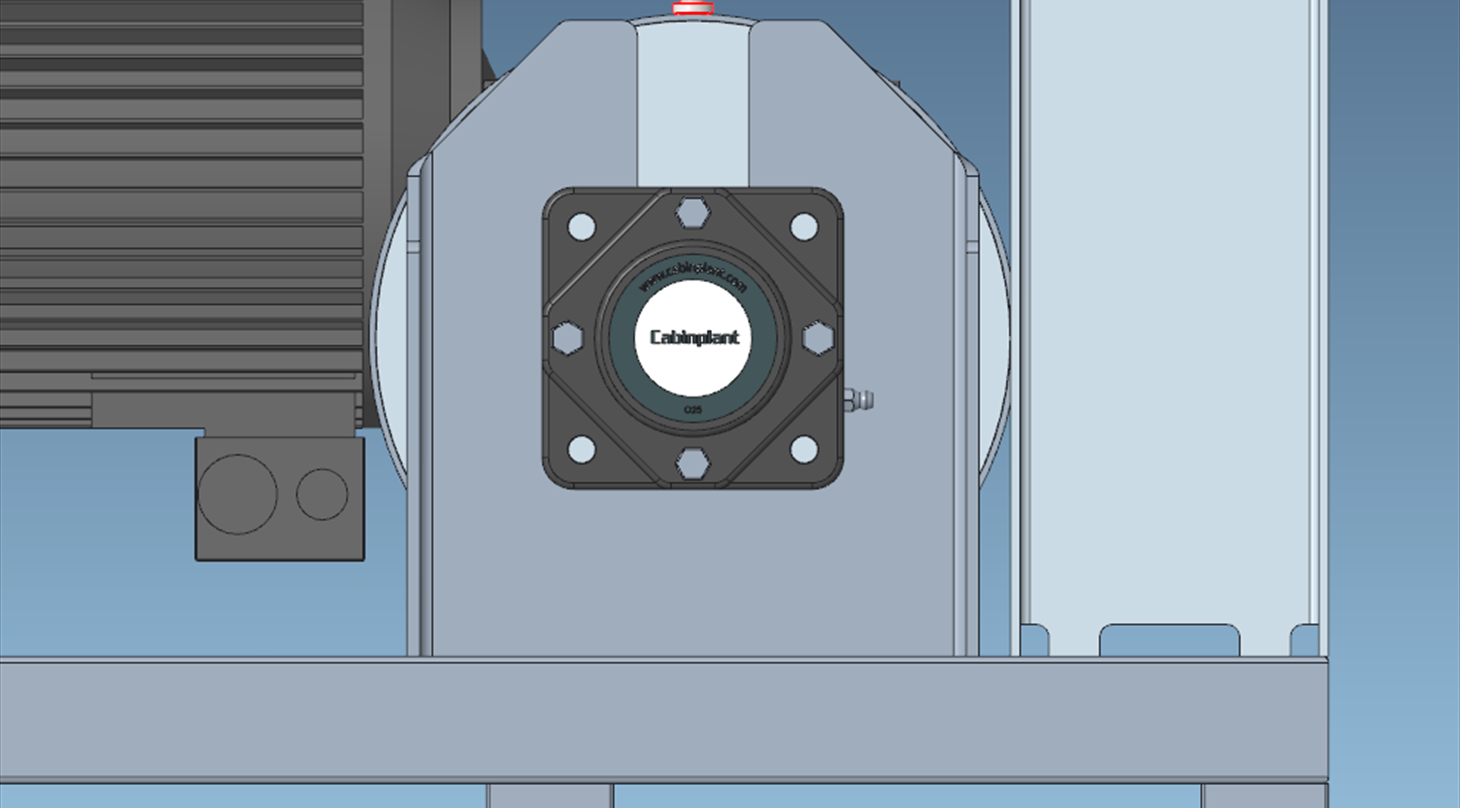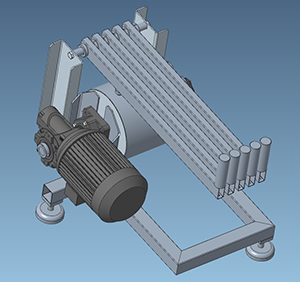
Special technology paves the way for 3D printing of equipment for the food industry
Cabinplant produces food equipment and processing solutions for the food industry, and in a MADE demonstration project, they proved that it is possible to use 3D printing in their equipment. This was done with the help of the Danish Technological Institute and a special surface treatment.
Can 3D printing be used for equipment in the food industry? For instance: Are 3D-printed parts bacteria-resistant enough if the easy-to-clean surface treatment wears off?
These were questions that the specialist manufacturer of food equipment and processing solutions for the food industry, Cabinplant, needed to answer in a MADE Demonstration project.
Read more about 3D printing for the food industry
In the project, they received help from the Danish Technological Institute, and the 3D-printed parts were tested – e.g. via bacterial examinations.
Worn-down 3D print in contact with food
A big wish at Cabinplant was to be able to use 3D printing in a food context, even though wear and tear on the 3D-printed parts could prove a challenge.
- 3D-printed parts are a bit porous, which is due to the fact that 3D printing is in fact small particles that are fused together - and there can be a tiny amount of air between these particles, says Henning Ingemann, R&D Director at Cabinplant.
Therefore, there was an uncertainty about how quickly the surface treatment would wear off and whether bacteria could accumulate in these potential air pockets.
To meet that challenge, the Danish Technological Institute helped investigate whether it was possible to apply the so-called 3S surface treatment to the 3D-printed parts. This type of treatment changes the surface roughness and makes the surface easier to clean - and it is therefore ideal for handling food. The Danish Technological Institute already uses this fully approved treatment for several clients in the food industry, where 3D printing is used for food contact.
Wear test increased the confidence in 3D printing
With Cabinplant's desire to be able to use 3D-printed parts - despite a possible wear of the 3S treatment - a wear test was initiated, and the results were positive.
After performing bacterial studies, where different bacterial cultures have been grown on 3D-printed parts over a period of time, it turns out that the parts that are worn perform as well as the parts that have just been surface treated
- Henning Ingemann, Cabinplant
In the video below, you can see how the wear test works
The hygiene is top notch
The results of the wear test ensure that Cabinplant has hygienic process handling of food with 3D-printed parts, just as the positive results of the wear test gives an increased confidence in 3D printing at Cabinplant.
- We can use the wear test for insecure colleagues who do not have quite as much confidence in 3D printing, and that’s helpful, says Henning Ingemann and adds:
- The overall conclusion is that we now dare to use 3D-printed items with greater certainty - also for the applications where the 3D-printed parts have food contact. So we want to start using 3D printing to an even greater extent.
"There are virtually no restrictions"
The demonstration project was also a great opportunity to go in depth with questions and considerations about the use of 3D-printed parts.
- We have felt compelled to ask some questions that we would not normally ask, which is good. And we have had the chance to go in depth with some issues that we would not otherwise have been able look at, says Jesper Kofoed, R&D Engineer at Cabinplant.
Faced with the question of whether Cabinplant would recommend other companies to participate in a MADE project and thereby investigate 3D printing, the response is positive:
- There are virtually no restrictions on what you can 3D print. So if you’re looking in that direction, it offers so many possibilities. I would definitely say that if you are initiating a similar project, then it's just a matter of getting started, says Henning Ingemann.
About MADE Demonstration projects
With a MADE Demonstration project, a small or medium-sized company can receive up to DKK 100,000 in support to solve a specific challenge in the company or test a new technology in production.
There is an ongoing application deadline for demonstration projects in both material and production. You can apply here